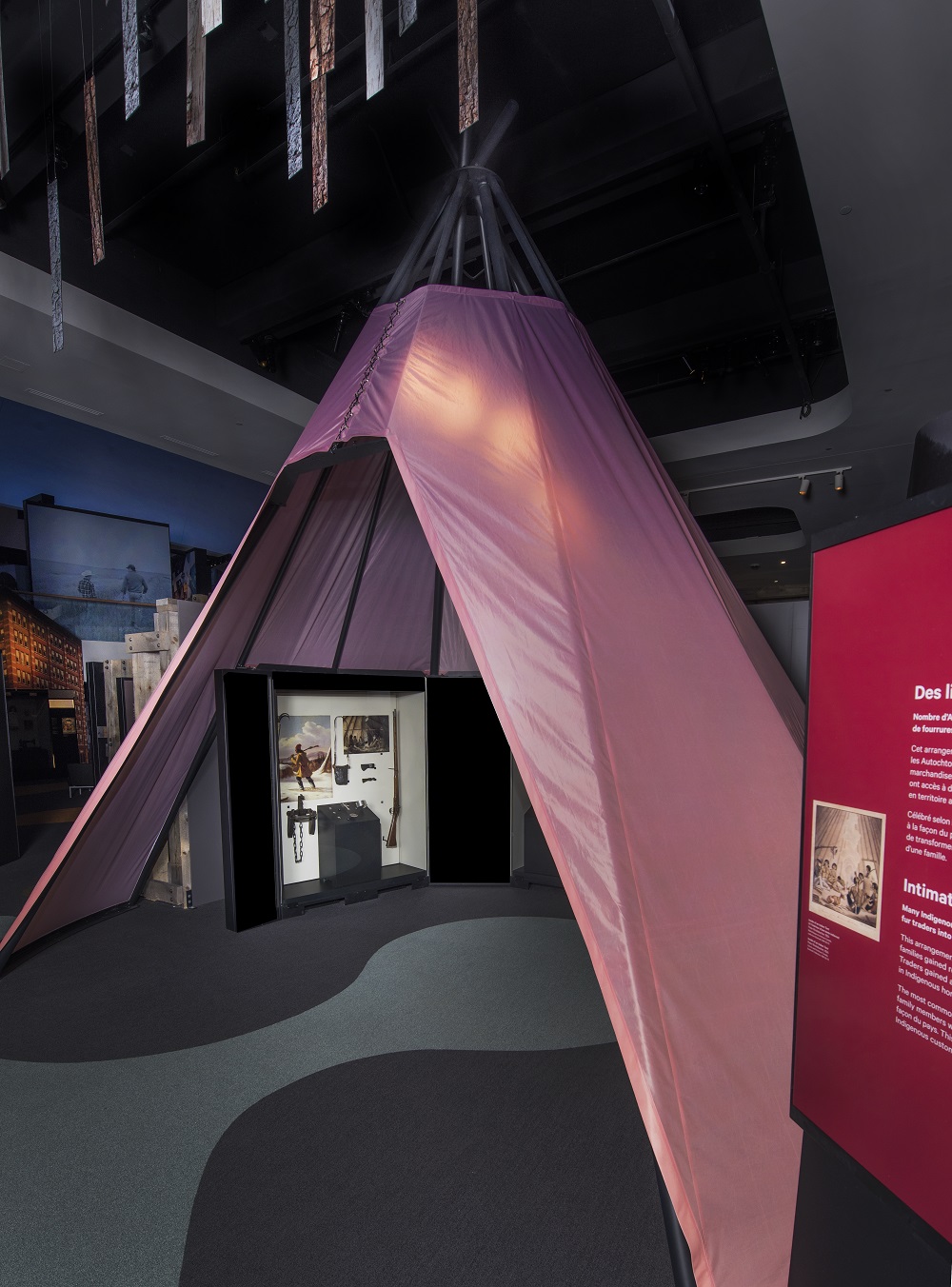The Canadian History Hall: exclusively authentic
July 27, 2017
The new signature gallery in the Canadian Museum of History will bring the story of Canada and its people to life with the help of 1,500 artifacts, including many of Canada’s finest historical treasures. What it won’t rely on are replicas, reproductions or reasonable facsimiles. The watchword is authenticity.
Visitors to the Canadian History Hall, which opened July 1, 2017, will never have to wonder if they’re looking at the “real deal” or a reproduction. “We made a very deliberate decision to use only the authentic,” said Chantal Amyot, Director of the Canadian History Hall project. Of the 1,500 artifacts on display, she said, the very few that are not authentic are clearly identified.
In a world awash with images and knock-offs, Amyot and her colleagues put a premium on the genuine. “People come to a museum to see the real thing,” said Lisa Leblanc, the exhibition’s Director of Creative Development and Learning. She mentions one of the exhibition’s star artifacts: the handcuffs worn by Louis Riel when he went to the gallows. “When you’re in the presence of those handcuffs, it’s one of those moments when you go ‘whoa!’ It’s such a direct and powerful connection to that person and that moment in history.”
It’s the kind of connection only a museum can provide, she said.
The Canadian History Hall replaces the Canada Hall, which invited visitors to walk through a thousand years of history, represented largely by a changing streetscape of building facades. “Excellent though it was, the exhibition was full of these reproduction buildings, so you couldn’t tell the real from the fake,” said Dr. David Morrison, Director of Research and Content for the Canadian History Hall. “We decided from the very beginning that this Hall would be different.”
When Dr. Morrison and his colleagues wanted to illustrate how a tipi was used on the Prairies in in the early 1800s, they didn’t make one out of wooden poles and animal skins; they fashioned a tall cone using poles made of steel. “It has the shape of a real tipi, it evokes a real tipi, but no one will think it’s a real tipi or that tipis from the early 1800s still exist. They don’t.”
Even the artifacts had to meet strict rules to be included in the new Hall. For example, they couldn’t be generic; they had to be connected directly to the people or events they were meant to illuminate. The Hall also avoids the time-shifting of material objects — using something more recent to illustrate something from an earlier time.
The result, said Amyot, is a wholly authentic visitor experience.